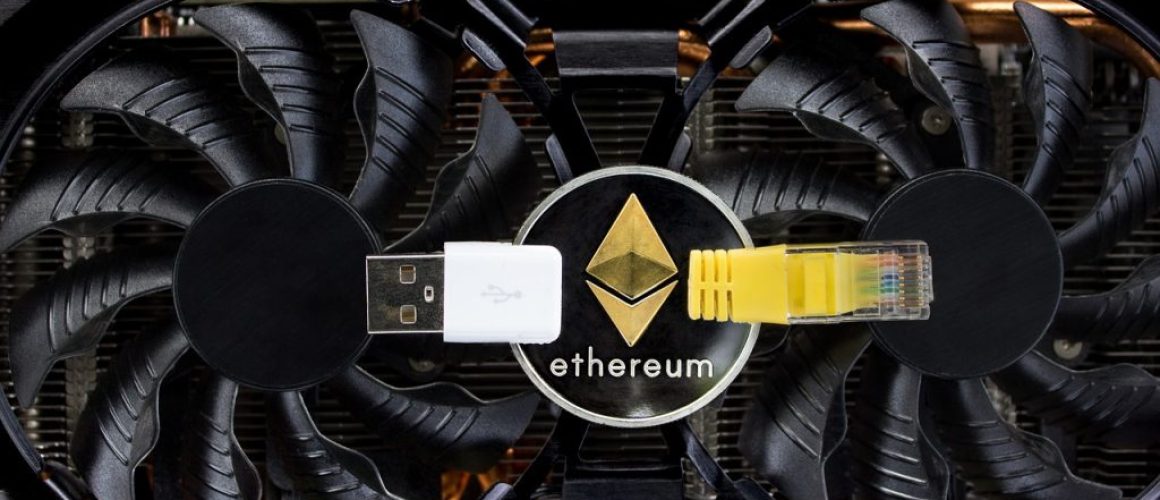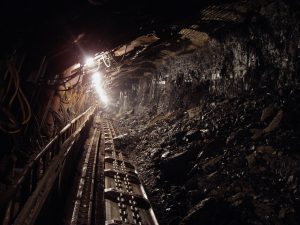Mining of digital currencies
A decade ago, when Bitcoin was yet to reach the crypto phenomenon that it is today, we were introduced to the term “mining” in relation to obtaining Bitcoins for personal ownership. This led to a wave where there was high demand for sophisticated hardware like CPUs and GPUs which would give one the edge while mining for Bitcoins. Today, though mining is still popular, crypto investors have access to different digital currencies on the financial markets and crypto mining is not the only way any longer to own cryptocurrencies. But what is mining and how big a role has it played in the crypto journey? These points would be discussed in the article below.
What is mining?
In the traditional sense, mining revers to excavation of some product or commodity like coal, gold etc. from areas where this commodity is available in large quantities, also called mines. Similarly, in the crypto world, mining is the process by which new cryptocurrencies are generated and enter into circulation; this is performed by miners using powerful hardware to solve extremely complex computational math problems. The first user (or computer) to solve this problem is awarded the next “block” of coins and the mining process begins again. Crypto mining also involves validating cryptocurrency transactions on a blockchain network and adding them to a distributed ledger. Since distributed ledgers only allow verified miners to upload their transactions on the network, miners are responsible for ensuring that no manipulation of digital platforms takes place. The verification of miners is accomplished by introducing a Proof of Work (PoW) consensus protocol which also secures the network from external attacks.
Methods of mining cryptos
Initially, Central Processing Unit (CPU) mining was the go-to option for most crypto miners. However, with increasing complexity being introduced in the mining process and due to economies of scale, CPU mining is inefficient today due to slow mining and high costs which decreases accrued profits. Graphics Processing Unit (GPU) is another mining method which maximizes computational power by bringing together a set of GPUs under one mining rig. Application-specific integrated circuit (ASIC) is another mining method where ASIC miners are specifically designed to mine for cryptocurrencies and hence, they produce more crypto units than GPUs. However, the drawback of ASIC mining is that it is expensive and scales up slowly with the complexity of the math problem. Cloud mining has become increasingly popular as it allows individual miners to leverage the power of major corporations and dedicated crypto mining facilities.
Collaboration with mining pools
Mining pools enable miners to combine their computational resources so as to increase their probability of finding and mining crypto blocks on a blockchain. Upon success, the reward is distributed across the mining pool in proportion to the number of resources contributed by each miner to the pool. Mining pools can be official or created separately by crypto enthusiasts; official mining pools are considered to be more reliable as they receive frequent upgrades by their host companies as well as regular technical support.
Factors influencing mining profitability
In general, mining machines tend to consume a considerable amount of electricity and emit significant heat while mining for cryptocurrencies. The major factors which can impact mining profitability are the hash rate, power consumption and overall costs. The level of difficulty for a cryptocurrency which an individual wishes to mine should also be considered when estimating future mining profits.
Mining profits may also be subject to regulatory restrictions which can impact profits. The Financial Crimes Enforcement Network considers crypto miners as money transmitters and governs mining accordingly. In Israel, crypto mining is treated as a business and is subject to corporate income tax. Crypto mining and storage pf cryptocurrencies in secure cold wallet collectibles are usually permitted in most countries, except those which have specifically banned cryptocurrency-related activities.
Final Remarks
The cryptocurrency mining space is very dynamic and has undergone many changes since its inception. Obtaining a deep understanding of crypto mining and optimizing mining strategies can lead to improved performance and higher rewards. Going forward, fossil fuel burning due to the mining process may persuade cryptocurrency communities to move from PoW frameworks to more sustainable proof-of-stake frameworks. The journey of crypto mining seems to be entering an exciting new phase and miners should strike when the iron is hot!






